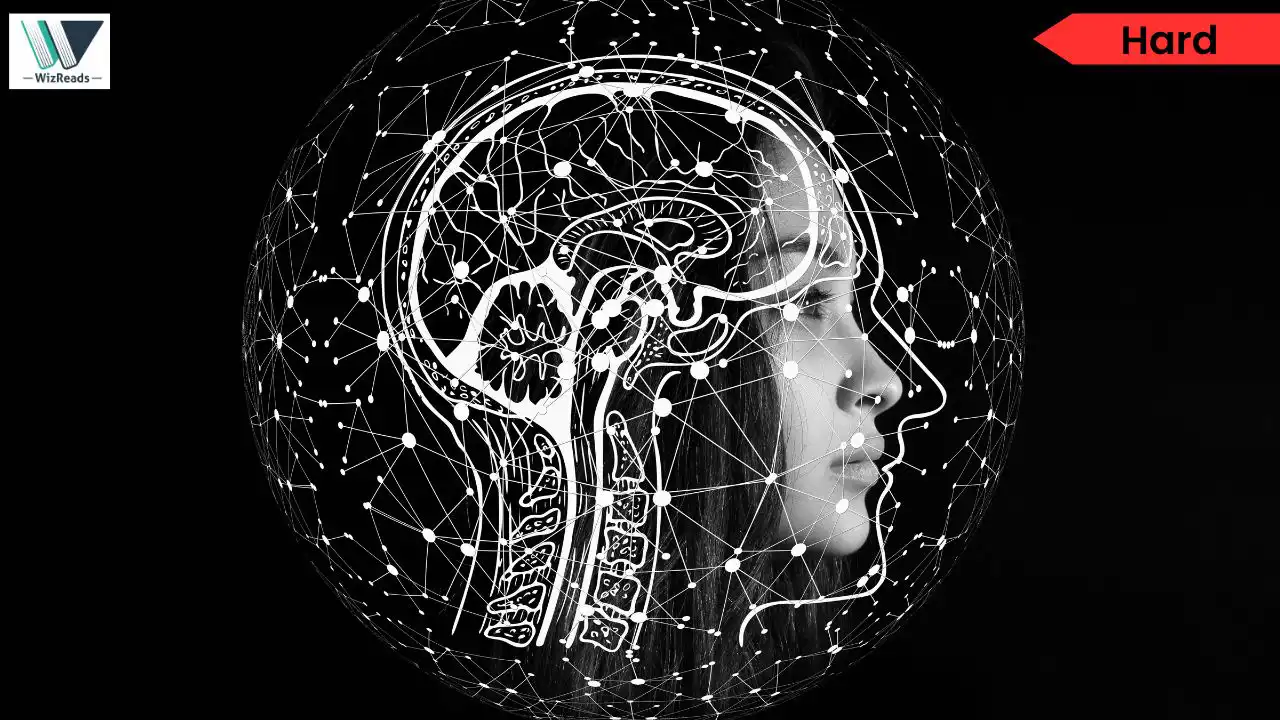
Newsletter Subscribe
Enter your email address below and subscribe to our newsletter

Enter your email address below and subscribe to our newsletter

Can your brain predict what words you’ll hear next? Dive into these complex reading passages exploring the fascinating parallels between artificial intelligence and human cognition. This thought-provoking read investigates how researchers are using neural networks to understand the brain’s predictive processing mechanisms in language comprehension.
Read these hard English passage(s) in Science Technology and Environment and answer the question(s) that follows. You can choose the GMAT style Reading Passage and the question or the GRE RC variant and answer the GRE-style question. Even better, you could solve both.
Contemporary research into neural language processing has illuminated remarkable parallels between artificial intelligence systems and human cognition. Massachusetts Institute of Technology researchers, employing integrative modeling techniques, first compared dozens of machine-learning algorithms against brain scans collected during language processing tasks. Next, focusing on computational neural networks, they examined models optimized for next-word prediction, including advanced systems similar to large language generators. The researchers then translated neural network activities into predictions about human reading behavior, such as word processing time, establishing correlations between computational and biological systems.
Subsequently, their analysis revealed that predictive processing—the anticipation of forthcoming linguistic elements—appears fundamental to language comprehension in both artificial and biological systems. Models demonstrating superior next-word prediction capabilities simultaneously exhibited the greatest accuracy in anticipating human brain activity patterns. Notably, these correlations proved strongest when processing individual sentences and short paragraphs, while performance diminished with longer text blocks. Finally, the researchers concluded that optimization for predictive representation likely constitutes a shared objective between biological neural systems and computational models.
This methodological breakthrough suggests convergent evolution between engineering solutions and biological adaptation. While some neuroscientists express reservations about whether these findings fully explain how humans derive meaning from language, the research establishes that predictive processing serves as a core mechanism in both human and artificial language systems. These insights open new avenues for investigating higher-level cognitive functions, demonstrating how computational models can meaningfully advance our understanding of the brain.
The passage establishes that predictive processing “appears fundamental to language comprehension in both artificial and biological systems” and constitutes “a core mechanism in both human and artificial language systems.” This supports the inference that this process contributes to effective language processing in both types of systems despite their different origins (engineered versus evolved).
Correct Answer: Choice (C)

Traditional methods of analyzing neural activity to understand how human brains process language have yielded incomplete insights, hampering a full understanding of cognitive mechanisms. This challenge has persisted despite advances in brain imaging technology. To overcome these limitations, Massachusetts Institute of Technology researchers developed an innovative approach called integrative modeling. By juxtaposing numerous neural networks against brain scans, they discerned that the systems that were optimized for linguistic prediction demonstrated remarkable congruence with human neural patterns.
The researchers discovered that models excelling at anticipating subsequent words most accurately mirrored actual brain activity, particularly with concise texts. This methodology has catalyzed a significant shift in neurolinguistic research. While some scientists remain circumspect about whether predictive processing fully elucidates semantic comprehension, this methodology has illuminated complex interconnections between artificial networks and biological cognition, paving the way for expanded exploration into the neurological underpinnings of language comprehension.
The passage begins by identifying a problem (the challenge of understanding how brains process language and the limitations of traditional methods), then presents a solution (integrative modeling approach by MIT researchers), and finally discusses the outcomes of this solution (discovery of correlations between predictive processing models and brain activity, and potential for further research). The primary purpose is to describe how this new research approach addressed longstanding challenges in understanding language processing mechanisms.
Correct Answer: Choice (B)